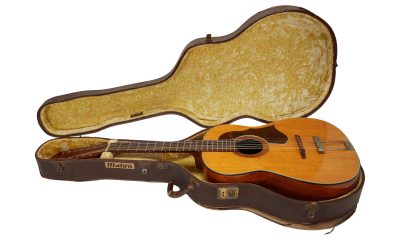By Mark Waghorn via SWNS
Patients will soon be taking 'surgery selfies' of their wounds — to help doctors spot serious infections, according to new research.
They will upload them onto a secure website - for medical experts to analyze.
The smartphone pictures may save the NHS millions of pounds a year through early identification.
A study by Edinburgh University showed the technique almost quadrupled the number diagnosed within a week.
"Using mobile phone apps around the time of surgery is becoming common," said lead author professor Ewen Harrison.
"We are working to scale this within the NHS, given the benefits for patients in continuing to be directly connected with the hospital team treating them."
The findings are based on almost 500 patients undergoing emergency abdominal surgery in Scotland.
via GIPHY
Surgical site infections, or SSIs, are common - affecting up to one-in-seven operations. They frequently result in long hospital stays.
The images also reduced the number of visits to GPs - and improved access to advice.
Co-lead author Dr. Kenneth McLean said: "Since the COVID-19 pandemic started, there have been big changes in how care after surgery is delivered.
"Patients and staff have become used to having remote consultations.
"We have shown we can effectively and safely monitor wounds after surgery while patients recover at home – this is likely to become the new normal."
The practice could help manage care during recovery - and reduce pressure on care services.
SSIs can lead to potentially fatal blood poisoning - making monitoring vital.
On average, they cost the NHS an extra £10,000 per patient because of longer stays in hospital, readmissions after going home and extra treatments.
via GIPHY
Death within 30 days of surgery is the third biggest killer globally. Infections are associated with more than a third.
The trial involved 492 patients - 223 of whom took a picture of their wound and uploaded it online.
They were nearly four times more likely to have their wound infection diagnosed within seven days of their surgery.
This was compared to the other 269 who were provided with routine care.
"Our study shows the benefits of using mobile technology for follow-up after surgery," Harrison said.
"Recovery can be an anxious time for everybody. These approaches provide reassurance - after all, most of us don't know what a normally healing wound looks like a few weeks after surgery.
"We hope that picking up wound problems early can result in treatments that limit complications."
The smartphone group were contacted on days three, seven and 15 after surgery and directed to an online survey.
They were asked about their wound and any symptoms they were experiencing. They were then told to take the picture and upload it.
A member of the surgical team assessed the photographs. Patients' responses were assessed for signs of wound infection.
All participants were followed up 30 days after surgery when there was no significant difference in subsequent rates of infection diagnosis.
The researchers team are now carrying out another study to determine best practice for surgical patients around the country.
Artificial intelligence (AI) will also be used to help assess the possibility of wound infection.
The findings have been published in NPJ Digital Medicine.

 Parenting6 days ago
Parenting6 days ago
 Lifestyle5 days ago
Lifestyle5 days ago
 Broadcast1 week ago
Broadcast1 week ago
 Broadcast7 days ago
Broadcast7 days ago
 Good News2 days ago
Good News2 days ago
 Money1 week ago
Money1 week ago
 Health2 days ago
Health2 days ago
 Environment7 days ago
Environment7 days ago






















